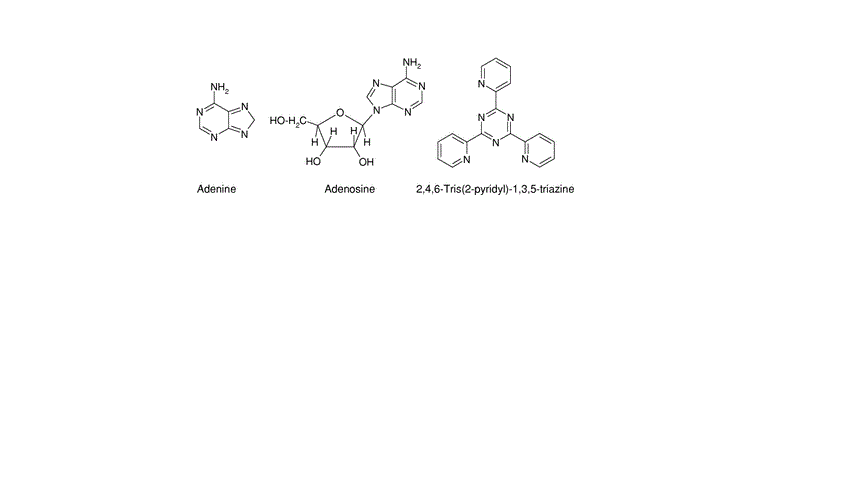Zn plays an important role in the protection of iron and steel from corrosion in sea water, and the alloying of Zn and Ni can improve its corrosion resistance. The corrosion behavior of Zn–Ni alloys in synthetic sea water (3.5% NaCl, mass fraction) was studied using Tafel plot and electrochemical impedance spectroscopy (EIS) techniques. The corrosion resistance of the investigated ...
Read more



